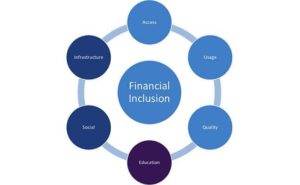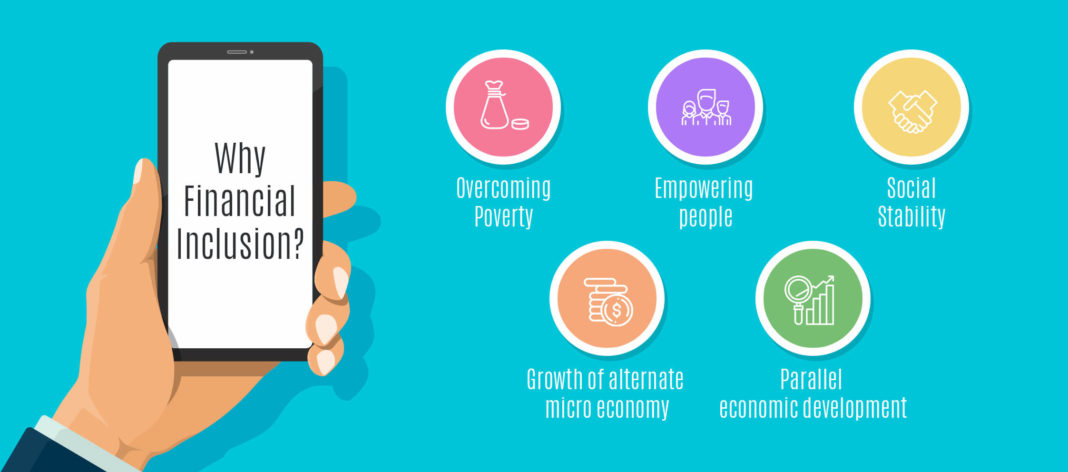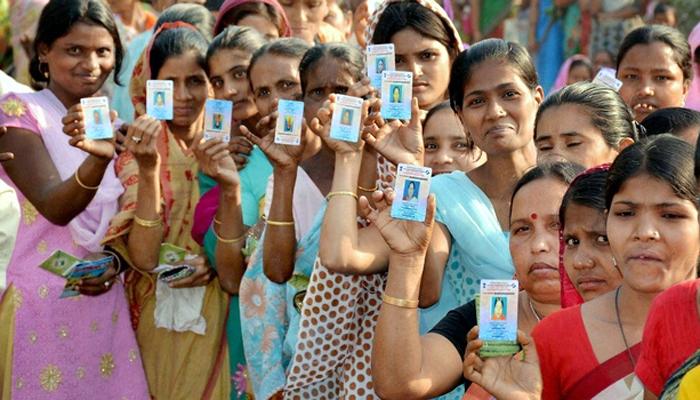FINANCIAL INCLUSION
• For the first time the word “ Financial inclusion ”was used by Y.V.REDDY the then governor in 2005.
• Launched officially in the year 2006, under the chairmanship of the DR.C. RANGARAJAN.
OBJECTIVES:-
Financial inclusion may be defined as the process of ensuring access to financial services and timely and adequately credit where needed by vulnerable groups such as weaker sections and low-income groups at an affordable cost.
The government of India and the reserve bank of India has been making efforts to promote financial inclusion as one of the important national objectives of the country.
Some of the major efforts include:-
• Nationalization for Banks (in 1969).
• Building up of robust branch network of scheduled commercial banks.
• Introduction of co-operative and regional rural banks (in 1975).
• Priority sector lending targets, which encourages giving loans to weaker sections of society.
• Lead bank scheme, it’s the main objective is trying to reach more people in restricted areas.
• Formation of self-help groups. ( Banks cannot reach all regions… self-help groups may go).
• Appointment of Business Correspondences (BCs) by the banks to provide for doorstep banking services.
• Zero balance or BSBD accounts etc..

FINANCIAL INCLUSION INITIATIVES’
BASIC SAVING BANK DEPOSIT (BSBD) accounts with minimum common facilities such as minimum balance, deposits and withdrawal of cash at bank branch and ATMs.
Relaxed and simplified KYC norms (not rigid norms) to facilitate easy openings of bank accounts, especially for small accounts. Not insist on instruction for opening bank accounts of customers( instructions like you must know a person from the particular bank to open a new account). Aadhar card can be used as a proof of both identity and address.
Opening at least 25% of the total number of branches in unbanked villages during the year in unbanked (tier5 and tier6) rural centers.
Domestic SCBs (scheduled commercial banks) can freely open branches in tier2 or tier6 centers with population of less than 1 lakh under general permission and in North Eastern states and Sikkim without having any permission from RBI. ( Because they are lacking banking centers)

Low-cost simple mortar structure consisting of minimum infrastructure, such as core banking solution terminal linked to a passbook printer and a safe for cash retention for operating larger customer transactions. ( Branches with minimum facilities)
Financial literacy camps at least once in a month, to facilitate financial inclusion through provisions of two essential i.e.,., “FINANCIAL LITERACY ” and easy “ FINANCIAL ACCESS”.
Schemes and programs introduced to promote financial inclusion are listed below:-
• Pradhan Mantri Jan Dhan Yojana.
• Pradhan Mantri Jeevan – Jyothi Yojana.
• Pradhan Mantri Suraksha Bima Yojana (PPMSBY).
• Atal Pension Yojana (APY).
• Pradhan Mantri Mudhran Yojana.
• Stand up India scheme.
• Varishtha Pension Bhima Yojana(VPBY).
• Special saving accounts for children
• Small and payments banks
• Lead bank scheme
In the next article, we will discuss about LEAD BANK SCHEME




Thanks for info